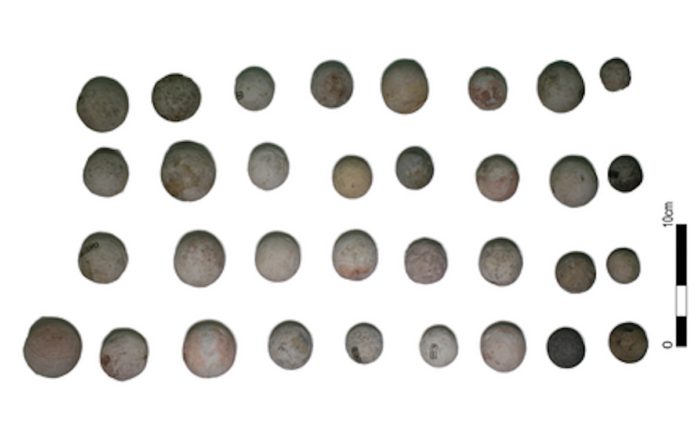Mysterious stone spheres discovered in ancient settlements in the Mediterranean could be game pieces from the oldest board games ever created, a new study suggests.A large number of small spherical stone artifacts have been discovered in bronze age settlements across the Aegean and Eastern Mediterranean. The exact use of these artifacts has, however, remained a mystery.Previous studies have found these kinds of spheres at archaeological sites in Santorini, Crete, Cyprus and other Greek Islands, with theories ranging from their use as some sort of sling stones, record-keeping system or pawns.In the latest research, published recently in the Journal of Archaeological Science: Reports, scientists examined the largest collection of such artifacts – about 746 spheres – from the prehistoric town of Akrotiri on the island of Thera (Santorini).These stones, the ages of which range 4,500-3,600 years old, are smaller than golf balls and come in various colours made from different materials, said researchers, including those from the University of Bristol in the UK.Archaeologists found the stones came in two size groups – one larger and the other smaller.In several such ancient settlements of the time period, they also found stone slabs with shallow cup marks where the spheres could have sat or been placed.’The most important finding of the study is that the spheres fit two major clusters,’ study co-author Christianne Fernee said.’This supports the hypothesis that they were used as counters for a board game with the spheres most possibly have been collected to fit these clusters rather than a counting system for which you would expect more groupings,’ Dr Fernee explained.If further studies prove that these spheres were indeed part of an ancient board game, researchers say it would put them as one of the earliest examples, along with similar games from the Levant and Egypt.’The social importance of the spheres, as indicated by the way they were deposited in specific cavities, further supports the idea of the spheres being part of a game that was played for social interaction. This gives a new insight into the social interaction in the Bronze Age Aegean,’ added Konstantinos Trimmis, another co-author of the study.Scientists believe the methodology followed in the new study could be applied to similar artifacts discovered across the region.
Scientists unravel purpose behind mysterious ancient Greek stone spheres
Sourceindependent.co.uk
RELATED ARTICLES


